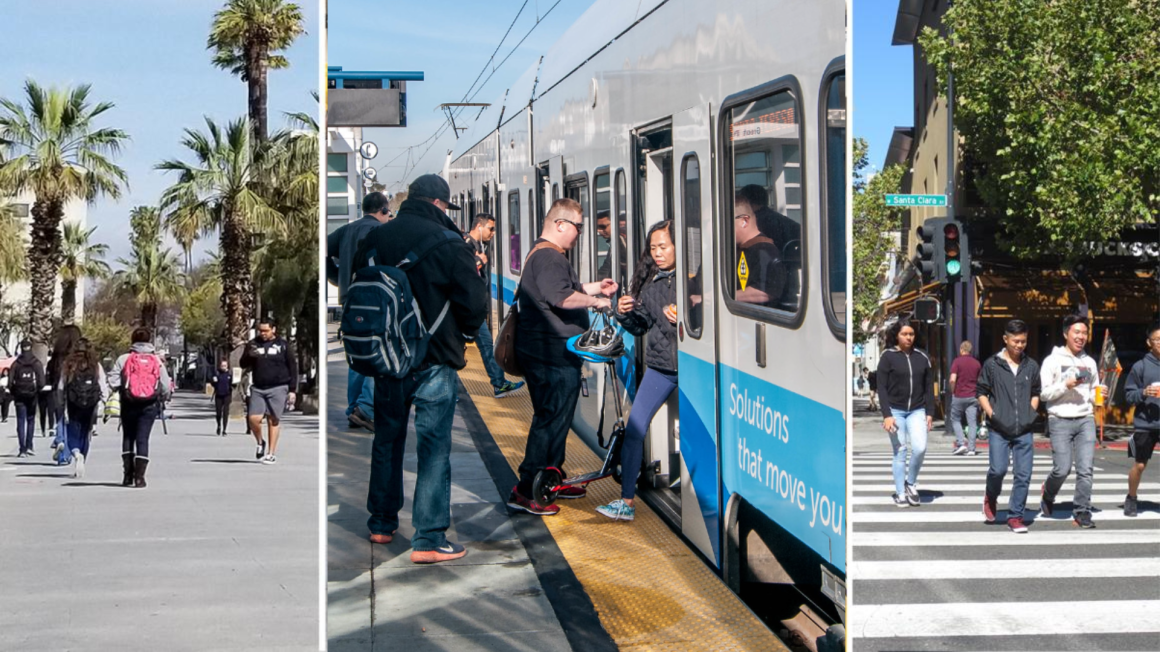2023 Silicon Valley Bus and Light Rail Ridership is up 25% Over 2022
VTA's transit ridership recovery since the COVID pandemic is among the highest in the nation, including a 25% overall year to-date increase from 2022 to 2023. As VTA ridership hovers around 72% of pre-pandemic numbers, there is increasing confidence that VTA’s BART Silicon Valley Phase II Extension project will be a further boon to transit ridership.
The recent special two-day event service to the Taylor Swift Eras Concert resulted in over 45,000 trips, the highest event ridership on record to and from Levi's Stadium since its 2014 opening. Public transit use is increasing substantially for essential service workers and non-commute trips despite the growth of remote work options. This, in turn, bodes well for transit options like continuing the 16-mile BART extension further into San Jose and Santa Clara.
“The sacrifice we make today to ensure this historic infrastructure upgrade is a gift to future generations,” said San Jose Mayor Matt Mahan, who also serves on VTA’s Board of Directors. “Silicon Valley’s future growth, quality of life and climate resilience depends upon better transportation infrastructure, including BART’s extension to San Jose.”
In addition, with students of all ages returning full-time to classrooms, tailoring service to meet school schedules is a key consideration of VTA's overall service plan. For local student commuters, from grade school through graduate school, VTA bus and light rail provide a safe, economic and environmentally conscious alternative to auto trips. Many university students, especially non-car owners throughout the Bay Area region, depend on regional rail or a combined trip with local transit to commute to school. Currently, a combination of VTA, Caltrain, and BART brings students to San Jose State, Santa Clara, and Stanford Universities, as well as brings students living in Santa Clara County to colleges and universities throughout the Bay Area region. When VTA completes the final phase of its BART Extension Program, approximately 50% of trips to and from the four new stations, a total of 32,900 by 2040, will be non-work trips.
These four future stations in Santa Clara and San Jose will serve approximately 54,600 average weekday riders by 2040. This represents 6.9 percent of total anticipated BART ridership, with a projected 27,900 daily ridership at the Downtown San José Station alone. The two stations adjacent to San José State and Santa Clara Universities are projected to serve over 5,600 university student trips per day, not including trips taken by staff and faculty.
Transportation experts agree the investment in completing the final phase of VTA’s BART Extension is a sound and needed investment in mobility, community, our youth, and access to education.
